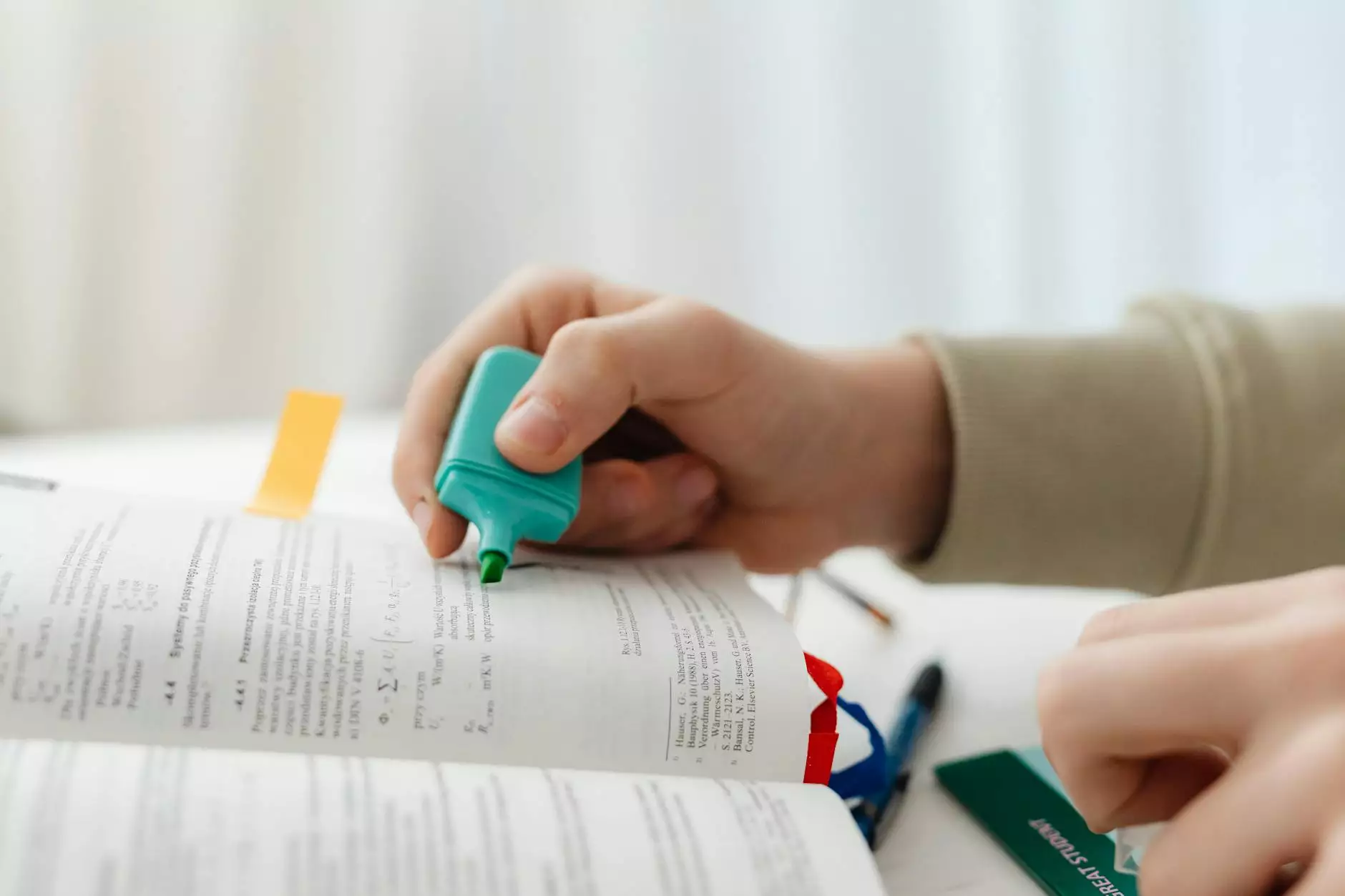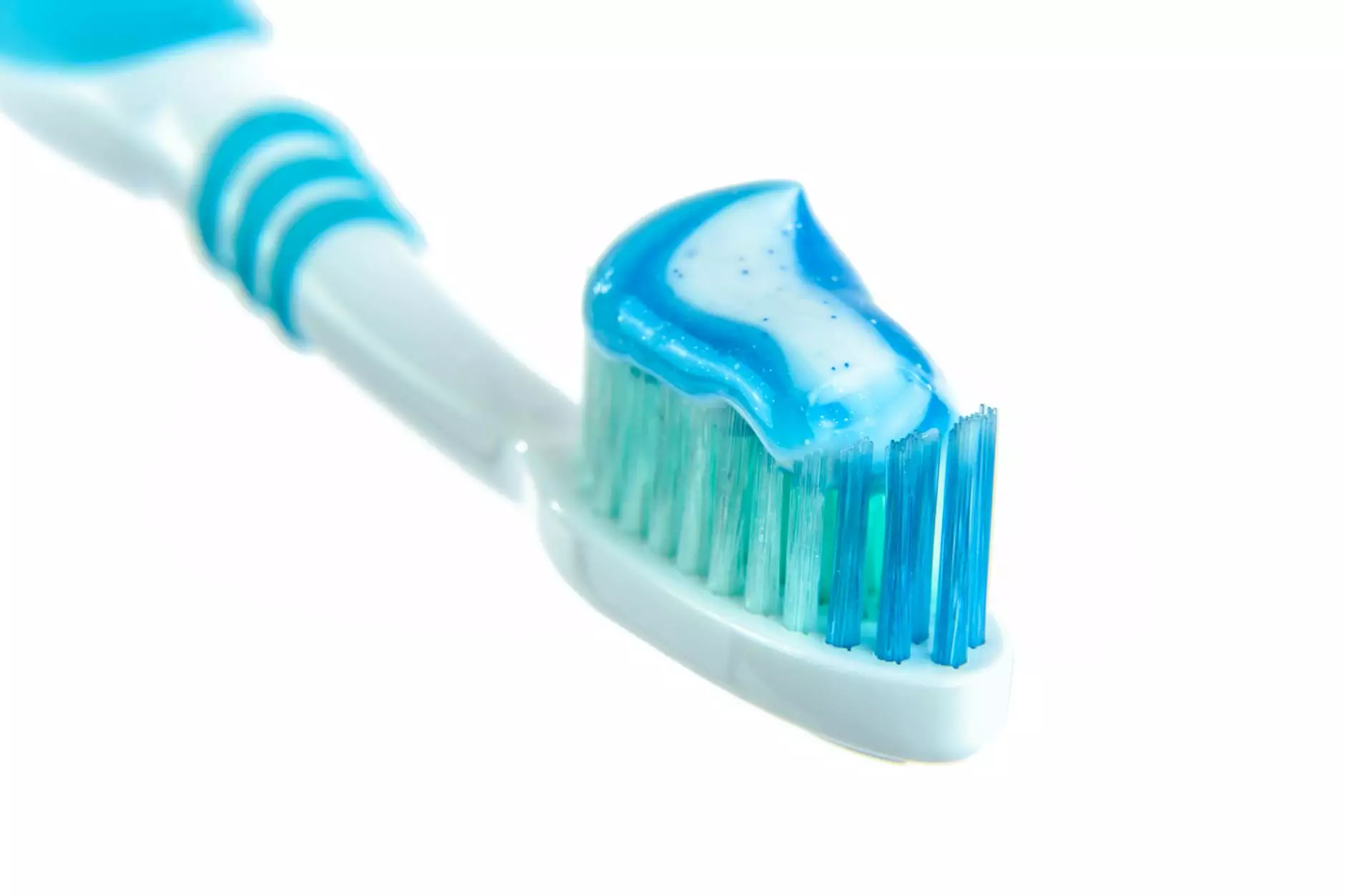The Importance of External Shoulder Rotators in Health and Rehabilitation

External shoulder rotators play a vital role in the overall function and health of the shoulder. These muscles are essential for a variety of movements and are critical to individuals ranging from athletes to those recovering from injury. This comprehensive article aims to explore the anatomy, functionalities, common injuries, rehabilitation techniques, and effective exercises to strengthen the external shoulder rotators.
Anatomy of the Shoulder and the External Rotators
The shoulder joint is one of the most mobile joints in the human body, allowing for a wide range of motion. It is composed of three main bones: the humerus, the scapula, and the clavicle. The external shoulder rotators primarily consist of the following muscles:
- Infraspinatus: Located on the back of the shoulder, this muscle helps in lateral rotation and stabilization of the humerus.
- Teres Minor: This small muscle assists in shoulder rotation and plays a role in stabilizing the shoulder joint.
- Supraspinatus: Although primarily known for assisting with abduction, it also contributes to stabilization during external rotation.
Functions of External Shoulder Rotators
The external shoulder rotators are primarily responsible for:
- Lateral Rotation: Allowing the arm to rotate outward, important for many sporting activities.
- Stability: Supporting the shoulder joint during arm movements to prevent dislocations and injuries.
- Load Management: Ensuring that the shoulder can handle various forces without injury, making them crucial for weightlifting and other activities.
Common Injuries Related to External Shoulder Rotators
Injuries to the external shoulder rotators can significantly impact a person's range of motion and overall shoulder health. Common injuries include:
Rotator Cuff Tears
Rotator cuff tears may involve the infraspinatus or teres minor, leading to pain and weakness in the shoulder.
Bursitis
Inflammation of the bursa can cause pain in the shoulder, particularly with overhead activities.
Tendinitis
Tendinitis often affects the tendons of the external rotators, leading to pain, swelling, and reduced mobility.
Rehabilitation Techniques for Shoulder Rotator Injuries
Rehabilitation is crucial for effectively recovering from injuries affecting the external shoulder rotators. Some effective techniques include:
Physical Therapy
Working with a physical therapist can help design a tailored program for recovery that focuses on stretching, strengthening, and improving the range of motion.
Manual Therapy
Techniques such as massage, joint mobilization, and myofascial release can alleviate pain and improve function.
Ice and Heat Therapy
Applying ice to reduce inflammation followed by heat to relax muscles can be effective in managing pain and promoting healing.
Exercises to Strengthen External Shoulder Rotators
Strengthening the external shoulder rotators is essential for maintaining shoulder health and preventing injuries. Here are some beneficial exercises:
1. External Rotation with Resistance Bands
Using resistance bands is an excellent way to strengthen the external rotators:
- Anchor a resistance band at elbow level.
- Stand sideways to the band with the affected shoulder away from the anchor point.
- Keeping your elbow close to your body, pull the band outward, rotating your arm externally.
- Slowly return to the starting position.
- Perform 2-3 sets of 10-15 repetitions.
2. Side-Lying External Rotation
This simple exercise targets the infraspinatus and teres minor:
- Lie on your side with the affected shoulder on top.
- Hold a light dumbbell in the top hand, keeping your elbow glued to your side.
- Rotate your arm upward, keeping your elbow bent at 90 degrees.
- Lower back to the starting position slowly.
- Complete 2-3 sets of 10-12 repetitions.
3. Prone External Rotation
This exercise is excellent for overall shoulder stability:
- Lie face down on a bench or bed with your arm hanging off the side.
- Hold a light dumbbell in the hanging arm.
- Keeping your elbow close to your body, rotate your arm upward.
- Return to the starting position slowly.
- Complete 2-3 sets of 10-12 repetitions.
Preventive Measures to Protect External Shoulder Rotators
Preventing injuries to the external shoulder rotators can be accomplished through various measures:
- Warm-Up Properly: Always engage in a warm-up that includes dynamic stretching targeting the shoulder muscles.
- Strengthen Surrounding Muscles: Focus on strengthening not just the external rotators but also the internal rotators and stabilizers of the shoulder.
- Maintain Flexibility: Regular stretching routines can keep the shoulder flexible and less prone to injury.
- Avoid Overhead Activities: Be cautious with overhead movements, especially if you have a history of shoulder issues.
The Role of Chiropractors in Shoulder Rehabilitation
Chiropractors play a key role in the assessment and rehabilitation of shoulder problems, including those affecting the external shoulder rotators. They employ various treatment modalities including:
- Chiropractic Adjustments: To restore proper joint function and improve biomechanical efficiency.
- Soft Tissue Therapy: Techniques like massage and trigger point therapy to release muscle tension in the rotators.
- Exercise Prescription: Designing specific exercise programs to strengthen the shoulder muscles.
Conclusion
Understanding the significance of the external shoulder rotators is crucial for individuals engaged in sports, fitness, or recovering from shoulder injuries. By focusing on strengthening these muscles, applying appropriate rehabilitation techniques, and implementing preventive measures, individuals can maintain optimal shoulder health and function. For more comprehensive guidance on shoulder health and rehabilitation, consulting professionals in the fields of health, such as physical therapists and chiropractors, is highly recommended.
Stay informed, stay active, and protect your shoulder health with effective strategies for strengthening your external shoulder rotators.









